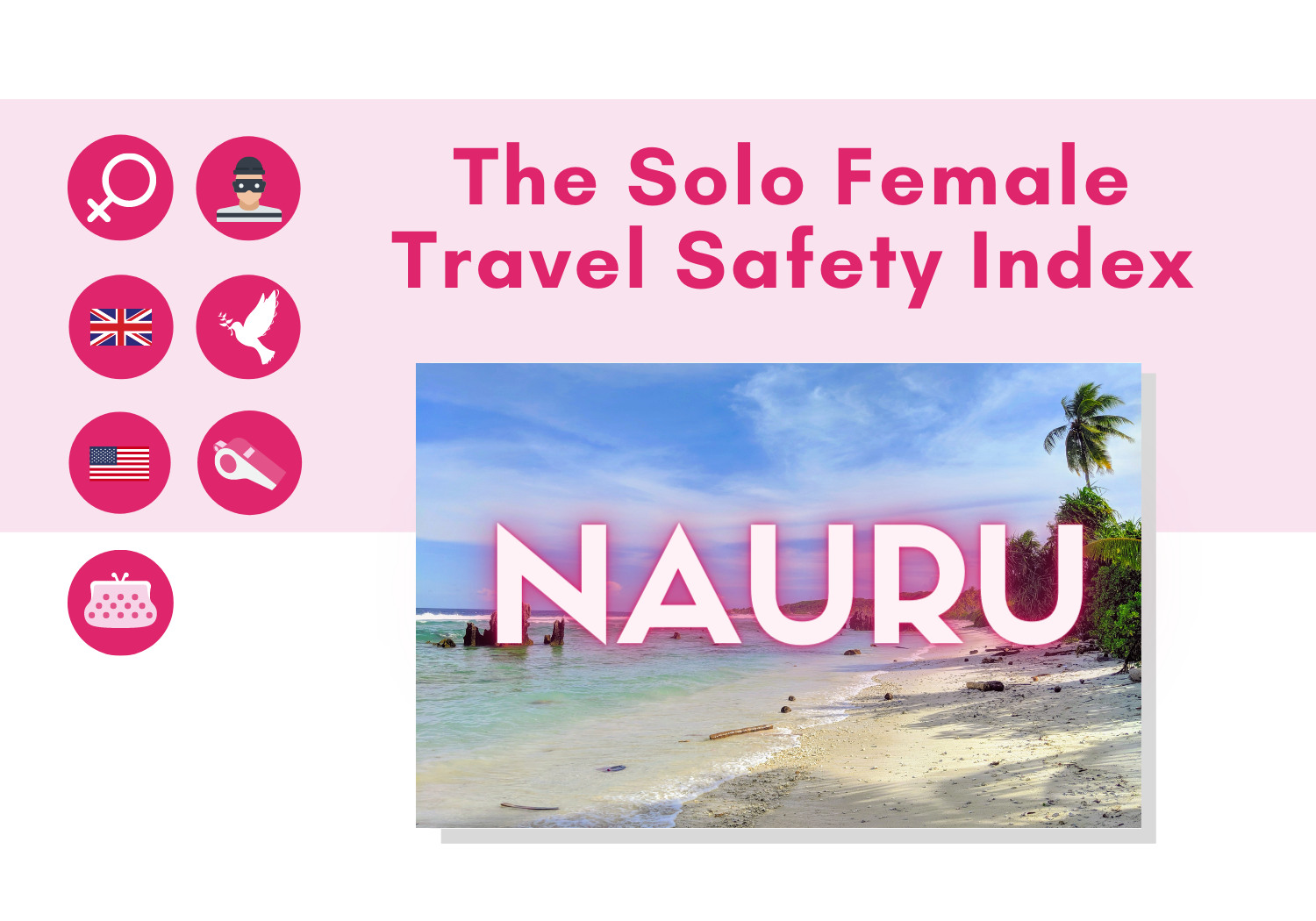This post may contain affiliate links. For full information, please see our disclaimer here and our Privacy Policy here.
Welcome to the Solo Female Travel Safety Tips and Advice page for Nauru!
This page is brought to you by Solo Female Travelers Tours, our curated small group trips for women, by women.
On this page you will find first-hand, unbiased, and real safety tips, advice and reviews from women traveling solo, submitted directly from their personal experiences in the country.
Their opinions are unfiltered and submitted independently as part of the Solo Female Travel Safety Index, a ranking of 210 countries and regions based on how safe they are for women traveling solo.
The safety scores range from 1 to 4 with 1 being the safest and 4 being the most dangerous for solo female travelers.
You don’t need to login to read the below reviews. But do sign up or login to share your solo travel experiences, country safety rating and comments.
Jump straight to: Travel Tips | About the Index | Resources I Leave a Review
MAKE A DIFFERENCE – LEAVE YOUR SAFETY REVIEWS!
We can make the world a safer place for women traveling solo together. Sign up to our portal and leave your reviews NOW. Share your experience with other solo female travelers and help us empower more women through travel.
Nauru Country data
We have compiled a few data points below that can help you better understand Nauru and have more context when thinking about travel safety.
Official country name: Republic of Nauru.
Etymology: The island name may derive from the Nauruan word "anaoero" meaning "I go to the beach".
Country map
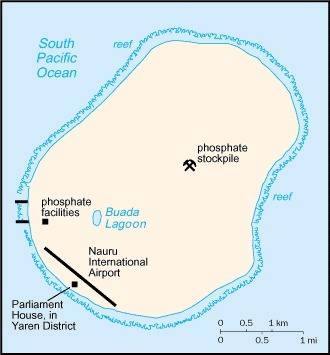
Locator map
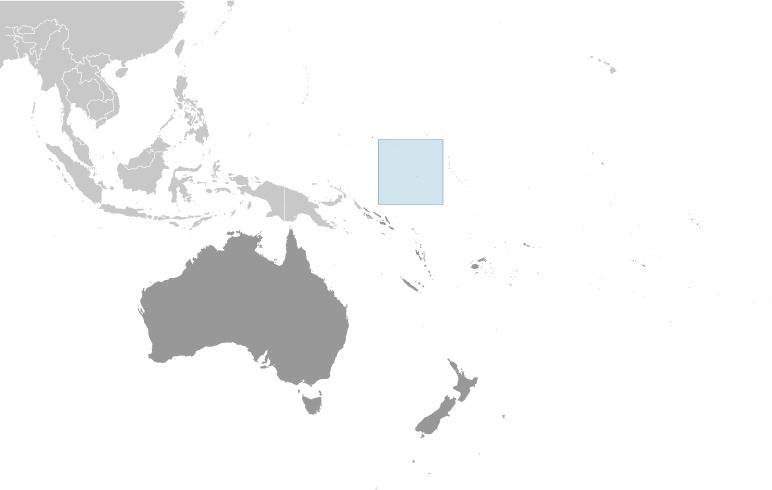
Flag
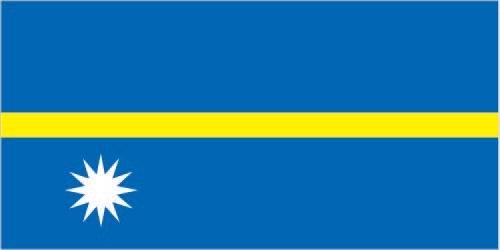
Capital: No official capital, the government offices are in the Yaren District.
Independence / foundation: Australian forces captured Nauru from Germany during World War I, and in 1919, it was placed under a joint Australian-British-New Zealand mandate with Australian administration.
Japan occupied Nauru during World War II. After the war, Nauru became a UN trust territory under Australian administration. In 1962, Australian Prime Minister Robert Menzies offered to resettle all Nauruans on Curtis Island in Queensland, but Nauruans rejected that plan and opted for independence, which was achieved in 1968.
Population: 9,852.
Currency: Australian Dollar (AUD)
1 USD = 1.60 - 1.50 AUD
1 EUR = 1.64 - 1.67 AUD
Time zone: UTC+12
Languages spoken: Nauruan 93% (official, a distinct Pacific Island language), English 2% (widely understood, spoken, and used for most government and commercial purposes), other 5% (includes I-Kiribati 2% and Chinese 2%). Note: data represent main language spoken at home; Nauruan is spoken by 95% of the population, English by 66%, and other languages by 12%.
Religions: Protestant 60% (includes Nauru Congregational 36%, Assembly of God 13%, Nauru Independent Church 9%, Baptist 1%, and Seventh Day Adventist <1%), Roman Catholic 33%, other 4%, none 2%, unspecified 1%.
Climate: Tropical with a monsoonal pattern. The rainy season is from November to February.
Real GDP (ppp – purchasing power parity): $139.6 million.
Real GDP per capita (ppp): $11,000.
Main airports: Nauru International Airport.
World heritage sites in Nauru
There are over 1,100 world heritage sites spread across more than 165 countries. New ones are added every year, and some may be removed from the list for various reasons.
Number of UNESCO listed sites: 0.
Top world heritage sites:
N/AInteresting facts about Nauru
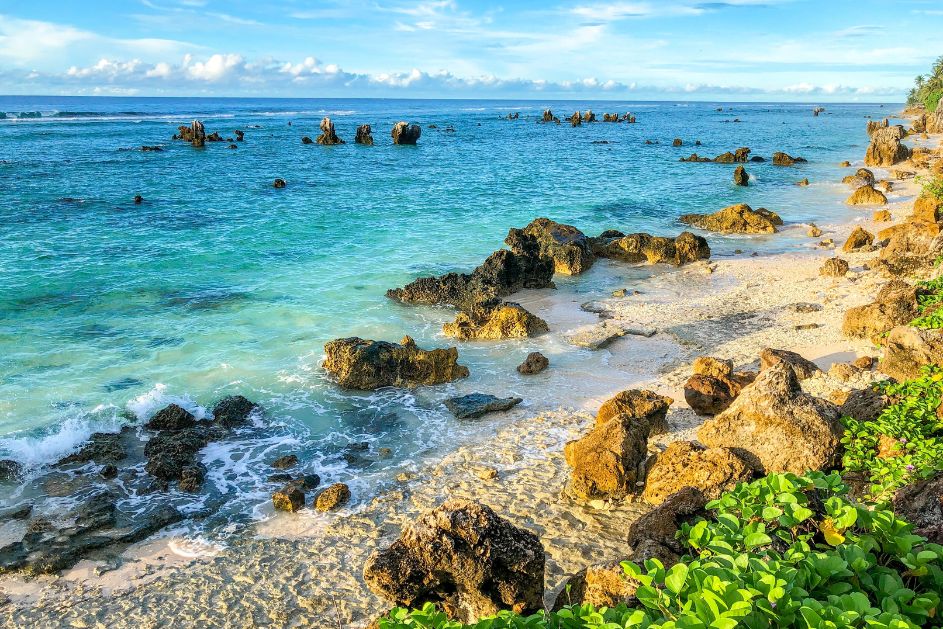
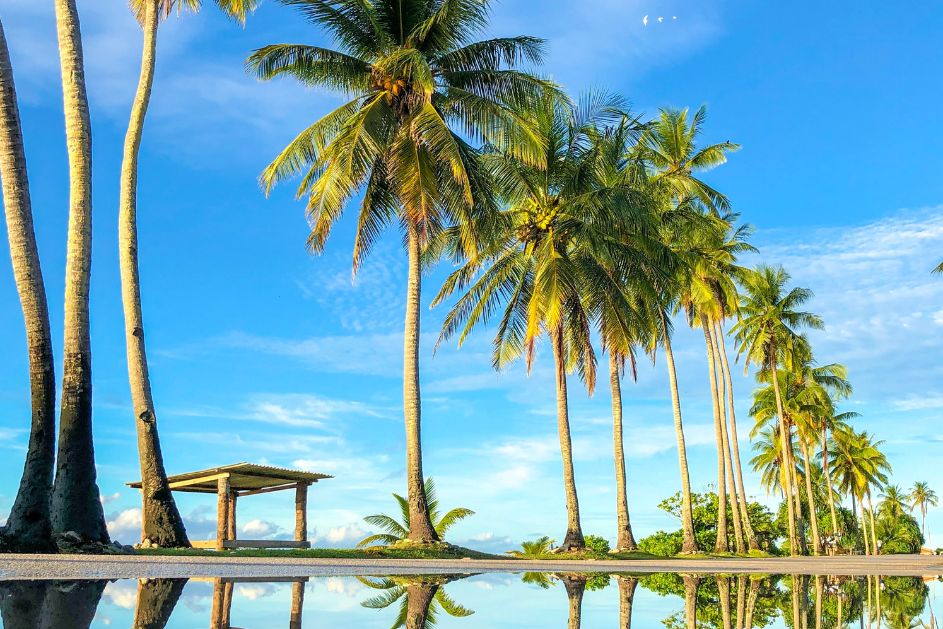
- It is the most obese country in the world. Around 60% of its population is considered obese.
- Nauru was once the wealthiest nation in the world thanks to phosphate mining but reserves were exhausted and mining devastated the center of Nauru turning it into a barren wasteland. Nauru sought compensation from Australia for the decades of environmental damage and the case was settled outside the International Criminal Court of Justice with Australia agreeing to rehabilitate the damaged areas.
- There are only a few flights a week to Nauru, although the country has a national airline, and these close off one of the main roads so planes can land on the airstrip. Once the plane has taken off, a few hours later, traffic resumes and the airstrip is used for football games and other activities.
- With phosphate revenues gone, Nauru entered into an agreement with Australia to accommodate asylum seekers arriving in Australia by boat through three Regional Processing Centers until they could be resettled elsewhere. The processing centers were first designed for Afghan refugees but the range of nationalities has evolved with the world’s crisis and now also hold Burmese and other Middle Eastern refugees while their asylum requests are being processed.
Further reading: https://www.onceinalifetimejourney.com/once-in-a-lifetime-journeys/pacific/nauru-travel-guide/
Nauru Travel tips
Socket type: I. Guide to socket types.
Weekend days: Saturday and Sunday.
Driving: Cars drive on the Left.
Local taxi apps: No taxi/ride hailing apps.
Travel Guides: N/A.
Languages spoken: Nauruan 93% (official, a distinct Pacific Island language), English 2% (widely understood, spoken, and used for most government and commercial purposes), other 5% (includes I-Kiribati 2% and Chinese 2%). Note: data represent main language spoken at home; Nauruan is spoken by 95% of the population, English by 66%, and other languages by 12%.
Basic words and phrases in the main language:
Hello: Ekamowir omo (a-ka-mo-wir ormo)Please: Mangada (man-gaa-da)
Thank you: Tubwa Kor (toob-wa kor)
Help: Ipuòk (ip-uòk)
Learn more with our favorite learning app Mondly.
Find a hotel in Nauru
Booking.comBook tours and activities:
Not available.More about Nauru on Solo Female Travelers
Coming soon.Did you spot any errors? We do our best to keep this information updated and accurate, but things change. If you saw anything that is not right, let us know so we can fix it: [email protected].
About the Solo Female Travel Safety Index
Safety matters to solo female travelers, you told us so in our annual Solo Female Travel Survey, where year after year, women prove that this is their most important concern when traveling solo.
We wanted to do something about it, so we built these country-specific pages where you can find reviews and scores for 7 key variables affecting the safety of women traveling solo.
Variables
- Risk of scam
- Risk of theft
- Risk of harassment
- Attitudes towards women
- UK Travel Advisory
- US Travel advisory
- Global Peace Index (GPI)
Informing OSAC
The Solo Female Travel Safety Score is used by the Overseas Security Advisory Council for including safety concerns for women travelers in their country security reports; OSAC is a partnership between the U.S. Department of State and private-sector security community.
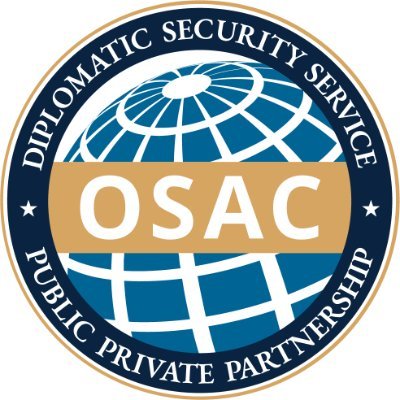
How to use the Safety Index
On this page, you will find the country score and the personal opinions on safety of other women traveling solo.
You can sort the comments by:
- The level of experience traveling solo of the reviewer (beginner = <5 trips solo, Intermediate = 5 to 10 trips solo, Experienced = >10 trips solo).
- The age of the traveler.
- Whether they are a visitor or local.
- The date they were posted.
The safety scores range from 1 to 4 with 1 being the safest and 4 being the most dangerous for solo female travelers.
Thus, the lower the score, the safer the country.
Looking for more safety resources?
This entire website is devoted to helping women travel solo. Check out the links below to learn more:
Solo Female Travel Stats: Results from the the largest, most comprehensive and only global research study on solo female travel trends, preferences and behaviors published.
Thanks to Jacobo Vilella for creating the Solo Female Travelers Safety Index ❤️

